Where Does Vanilla Flavoring Come From?
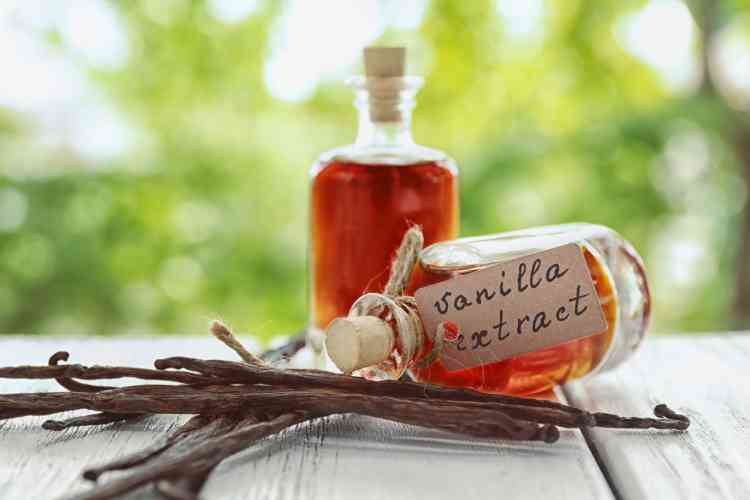
At some point in their life, almost everyone has asked, “Where does vanilla flavoring come from?” As a child, you might remember baking with a parent and enjoying the sweet scent of vanilla extract, then being surprised when you taste its bitter flavor. That moment was probably the start of a lot of questions, like “Where does vanilla extract come from?”, “Where does artificial vanilla come from?” and the biggest question of all: “What’s the difference?”
Despite being treated like a basic flavoring, vanilla is actually quite special. In this article, we’ll discover the origins of the world’s most beloved flavor, discuss its culinary uses and even debunk some of its unsavory rumors.
Jump to Section
- What Is Vanilla?
- Where Does Vanilla Extract Come From?
- Where Does Artificial Vanilla Come From?
- Pure Vanilla Extract vs. Artificial Vanilla Flavoring
- Other Forms of Vanilla
What Is Vanilla?
Genuine vanilla is a flavoring spice that comes from “vanilla beans.” However, the source of vanilla isn’t actually a bean, so where does vanilla flavoring come from? Vanilla comes from a seed pod created by a special type of orchid. When the pod is split open, hundreds of extremely tiny seeds are revealed. Because the seeds are sticky, they are sometimes referred to as a pulp or paste. This seed pulp is the source of true vanilla flavor.
Where does vanilla flavoring come from in the world? There are over 110 species of orchids in the vanilla family, but only two of these species produce vanilla beans that are good for flavoring. Vanilla planifolia and vanilla tahitensis are both thought to be native to Mexico. They are also very finicky orchids, and are difficult to grow outside of a narrow belt near the equator. Because of this, most real vanilla must be exported from Mexico, Tahiti, Madagascar, India, Indonesia and a few other countries with warm, tropical climates.
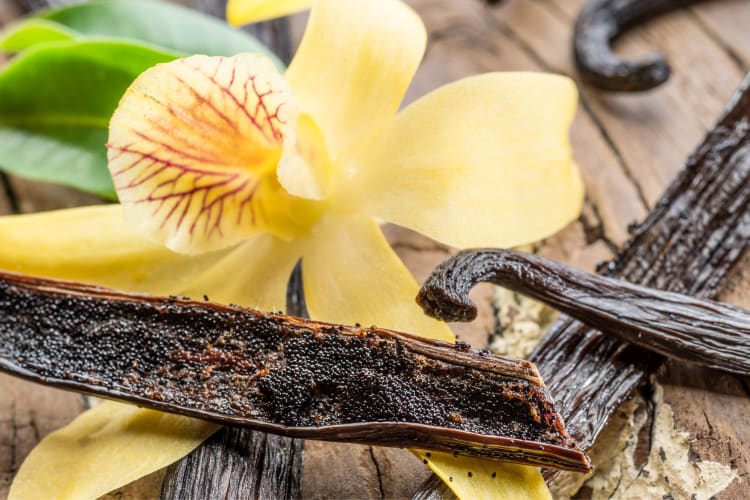
Real vanilla is very expensive because vanilla orchids are slow-growing and difficult to pollinate and propagate. Unlike other orchids, their flowers only bloom one at a time, and each bloom only lasts for about a day. In that time, the orchid must be pollinated by a specific species of bee native to Mexico.
In other countries, vanilla is most often pollinated by hand to ensure vanilla bean production. In any given year, the vanilla crop yield from these countries may vary greatly, as can their flavor and quality. For this reason, many people rely on vanilla extract, imitation vanilla and artificial vanilla to get the job done.
Vanilla and its imitations are commonly used in popular desserts like ice cream, cakes, macarons and cookies, but nothing compares to the real vanilla bean. If you’ve never worked with real vanilla beans before, you might feel intimidated by their prestige and price. However, cooking classes near you can show you how to approach and get comfortable with this stunning ingredient. Everyone ought to bake with real vanilla at least once in their life! Whether you get there through baking classes in Atlanta, baking classes in Philadelphia or online baking classes, the results will be delicious.
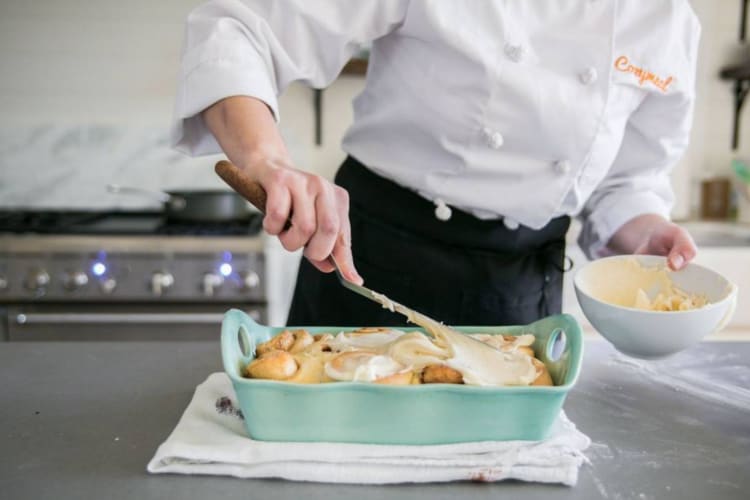
Where Does Vanilla Extract Come From?
Pure vanilla extract comes from real vanilla bean pods which are split or chopped and soaked in ethanol alcohol. Soaking the vanilla in alcohol extracts vanillin and other essential compounds, hence the name “vanilla extract.” To be considered real vanilla extract, the FDA requires that a product have at least 35% alcohol by volume (ABV) and at least 100 milligrams of vanilla particles per liter of liquid. If you’ve ever swallowed a spoonful of vanilla as a child, now you know why it tasted so bitter; pure vanilla extract is practically liquor!
Real vanilla extract can still be pricey, but it is often more affordable than whole vanilla beans. Vanilla extract also has a longer shelf life than whole vanilla. Vanilla beans typically only stay fresh for about 1-2 years under ideal storage conditions, but due to its high alcohol content, vanilla extract can be kept almost indefinitely.
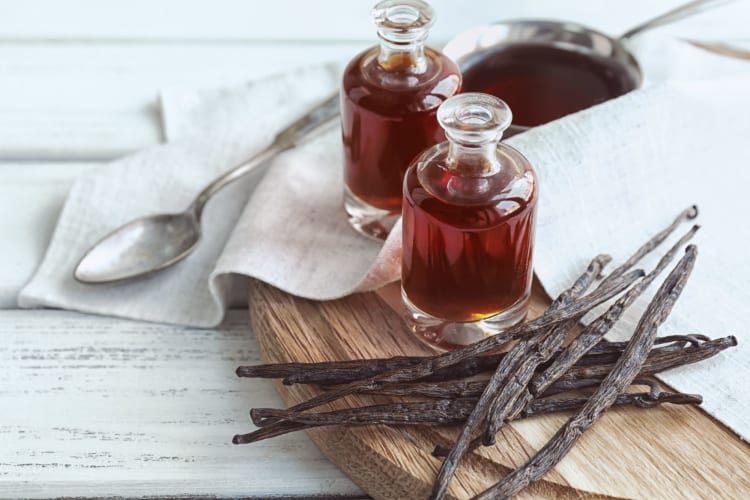
Where Does Artificial Vanilla Come From?
The vast majority of vanilla flavoring does not come from anything remotely close to vanilla beans. Vanillin is the primary compound that gives natural vanilla its powerful flavor. Modern science has given us the ability to create synthetic vanillin, a man-made substance that tastes very similar to real vanillin. Synthetic vanillin is used to flavor imitation vanilla and artificial vanilla.
Synthetic vanillin can be derived from a wide range of sources, including wood pulp, pine bark and even petrochemicals. In fact, according to Scientific American, about 85% of all vanillin and imitation vanilla products today are created with the petrochemical-adjacent substance guaiacol. While imitation sources like wood pulp can be labeled as “natural flavorings,” guaiacol cannot. If you see “artificially flavored” on your vanilla label, it was most likely sourced from guaiacol.
If artificial vanilla is made with synthetic vanillin, where does imitation vanilla come from? Imitation vanilla can also be made with synthetic ingredients, but it is more often made with natural sources like wood pulp. Still, the words “artificial” and “imitation” are often used interchangeably, and “imitation” tends to appeal more to health-conscious consumers.
At one point in time, you may have even heard a rumor that imitation vanilla comes from the rear ends of beavers. It’s true that beavers secrete a sweet-smelling substance called castoreum in order to mark their territory and communicate with nearby beavers. Castoreum comes from a special gland near the animal’s anus, and allegedly, this beaver goo has been used to mimic vanilla flavoring.
Understandably, you may feel a bit squeamish when you think about beaver booty in your birthday cake, but rest assured: While the FDA does allow castoreum to be used in food products like vanilla flavoring, it is a relatively rare ingredient in the culinary world. Only about 300 pounds of castoreum are harvested every year, making it highly unlikely that you’ll find it in common imitation vanilla from the supermarket.
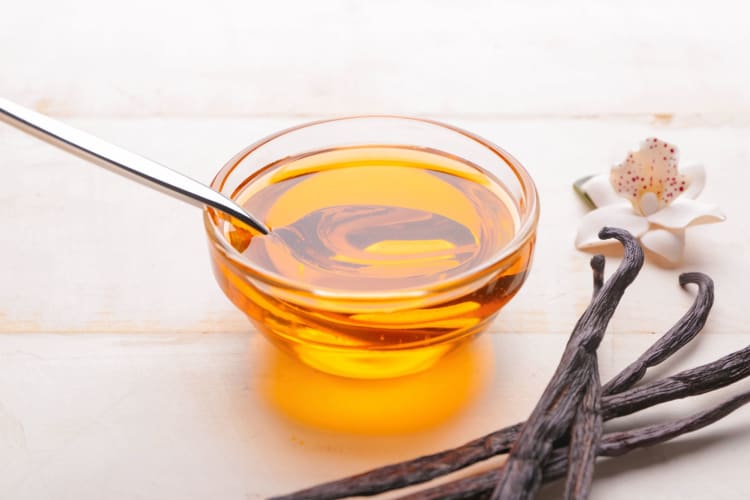
Pure Vanilla Extract vs. Artificial Vanilla Flavoring
-
Ingredients: Pure vanilla extract should only contain up to three ingredients: vanilla, alcohol and water. On the other hand, artificial vanilla flavoring can contain any number of ingredients, and manufacturers aren’t always required to disclose their recipes. On imitation vanilla, you’re more likely to see words like “naturally flavored” or “artificially flavored” on the bottle.
-
Flavor: Pure vanilla extract has a more nuanced flavor profile than artificial vanilla. Vanillin is only one of many components in real vanilla extract, so it makes sense that artificial vanilla lacks that flavor complexity. Having said that, however, artificial vanilla lends a stronger “vanilla” flavor that is still comforting and delicious.
-
Price: Pure vanilla extract generally ranges between $1 and $3 per ounce, but special and organic varieties can cost much more. Artificial vanilla flavoring usually only costs a few cents per ounce, so you can likely get an 8-ounce bottle of artificial vanilla for the same cost as one ounce of pure vanilla extract.
-
Uses: Both vanilla extract and imitation vanilla are frequently used in baked goods and desserts. However, you may want to reach for the real vanilla when you want more impressive, complex flavor notes. Artificial vanilla flavor is best when used for quick, crowd-pleasing recipes.
Other Forms of Vanilla
Vanilla Paste
Vanilla paste is like the happy middle ground between pure vanilla bean and vanilla extract because it contains real seed specks but lasts longer in the pantry. Vanilla paste can also be more convenient to work with than whole vanilla beans because it doesn’t require you to split and scrape the pods.
Like a vanilla extract, vanilla paste holds up well in a wide variety of baked goods like cookies, macarons and cakes, as well as ice creams and frozen desserts. It’s a wonderful option for desserts where vanilla is the main flavor focus. Plus, the paste adds those little specks that make any vanilla dessert look fancier!
Vanilla paste can be used interchangeably with vanilla extract on a 1 to 1 ratio. For example, if your recipe calls for 1 teaspoon of vanilla extract, you can opt for 1 teaspoon of vanilla paste instead. A teaspoon of vanilla paste is also equivalent to about half of a vanilla bean pod.
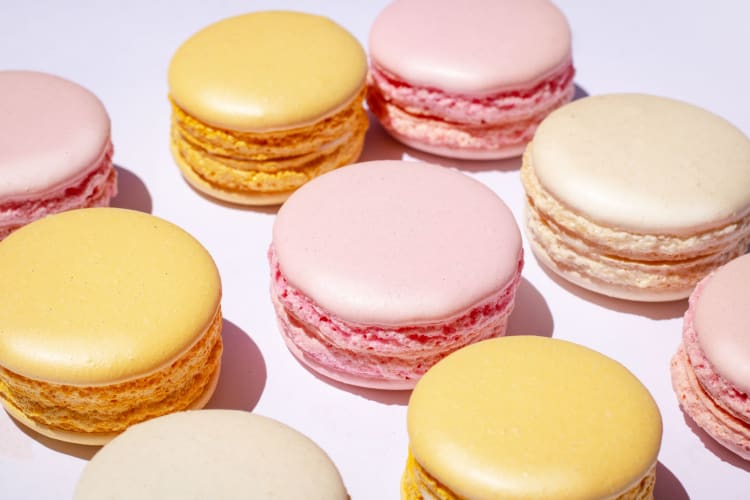
Vanilla Essence
Now you may know the answers to “Where does artificial vanilla come from?” and "Where does imitation vanilla come from?”, but what about vanilla essence? Vanilla essence is another term for imitation vanilla or artificial vanilla. Vanilla essence is almost always made with synthetic vanillin, and may contain very few if any natural ingredients. Water, ethanol, propylene glycol and other synthetic flavors and colors are common ingredients in vanilla essence.
When it comes to baking with vanilla essence, you can treat it much like you would any other artificial vanilla. Vanilla essence can be a staple pantry good for cookies and cakes, but may not be ideal for your classier confections.
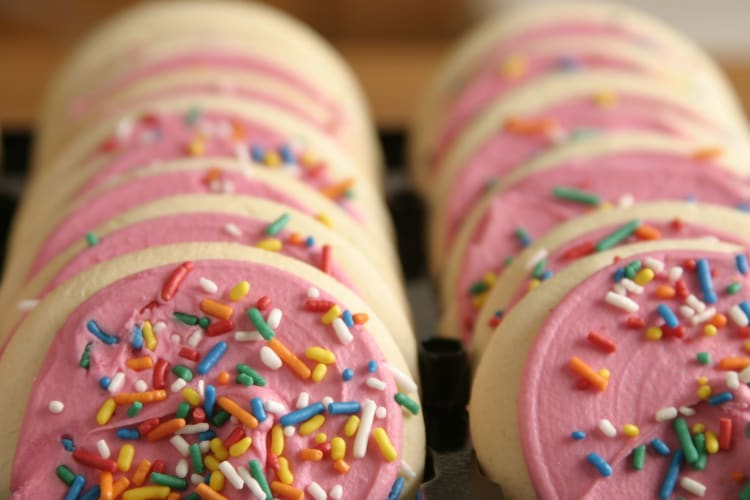
We hope that this article has helped you understand the answers to key questions like, “Where does vanilla flavoring come from? Where does vanilla extract come from, and where does imitation vanilla come from?” Of course, the best way to learn is always through experience. Whether you explore at a cooking class near you or in your own kitchen, don’t be afraid to experiment with the warm and wonderful world of vanilla flavorings.
For even more fun ways to explore your favorite foods, check out other experiences happening on Cozymeal.



FOOD FOR THOUGHT?
Join the conversation.